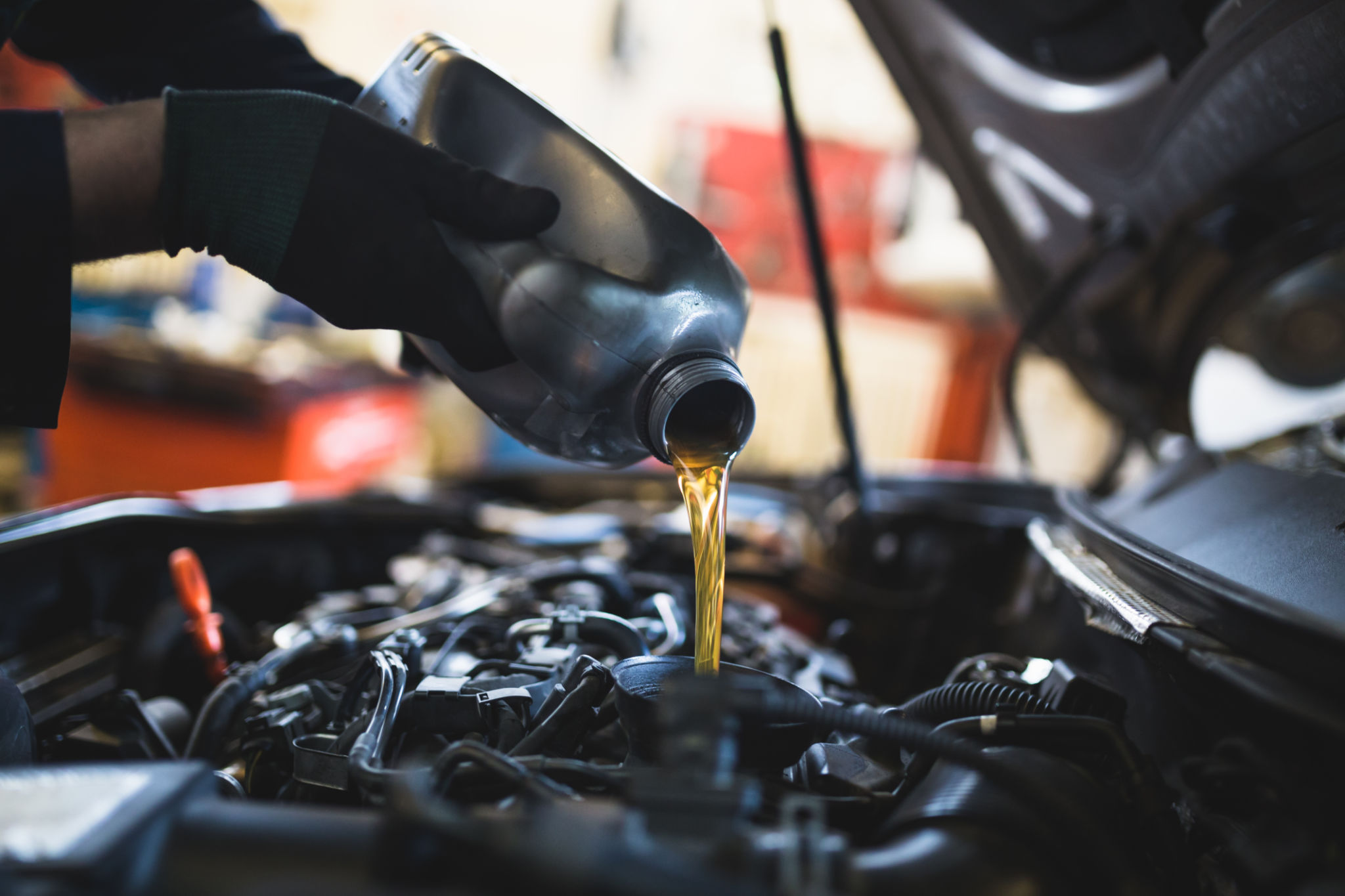Understanding Stage 1, 2, and 3 Remapping: What's Right for Your Vehicle?
JG
Understanding Vehicle Remapping
Vehicle remapping is a popular modification that enhances the performance of a car by altering its Engine Control Unit (ECU). This process involves adjusting the software that controls the engine's functions, such as fuel injection and ignition timing, to improve power output, fuel efficiency, or both. Remapping can be done in stages, each offering different levels of performance enhancement. In this post, we'll explore the differences between Stage 1, 2, and 3 remapping to help you decide what's right for your vehicle.

What is Stage 1 Remapping?
Stage 1 remapping is the entry-level modification that adjusts the ECU without requiring any additional hardware changes. It is the most common form of remapping due to its simplicity and effectiveness. Typically, Stage 1 remapping can provide a noticeable increase in horsepower and torque, as well as improved throttle response and fuel economy. This option is ideal for drivers looking for a straightforward performance boost without altering their vehicle's hardware.
Stage 1 remaps are generally safe for most vehicles, as they work within the car's original equipment specifications. However, it's important to ensure that your vehicle is well-maintained before opting for this modification, as any underlying mechanical issues could be exacerbated by increased power.
Exploring Stage 2 Remapping
Stage 2 remapping takes performance enhancement a step further by incorporating hardware modifications alongside software adjustments. Common upgrades associated with Stage 2 include high-performance air filters, exhaust systems, and intercoolers. These changes allow the engine to breathe more efficiently, resulting in greater power gains compared to Stage 1.

While Stage 2 remapping offers more significant improvements in power and torque, it's crucial to remember that these modifications may void the vehicle's warranty. Additionally, the increased stress on the engine components might lead to accelerated wear and tear over time. Before proceeding with Stage 2 remapping, ensure that your vehicle can handle the additional demands placed on it.
The Intensity of Stage 3 Remapping
Stage 3 remapping is for enthusiasts seeking maximum performance gains from their vehicles. This stage involves extensive modifications to both the hardware and software of the car. Typical upgrades might include larger turbochargers, upgraded fuel injectors, and advanced cooling systems. The goal is to extract as much power as possible from the engine.

Due to its intensive nature, Stage 3 remapping is not recommended for everyday drivers. It requires significant investment in both time and money, and the modifications can lead to decreased reliability and increased maintenance costs. Additionally, this level of tuning is often not road-legal in many regions due to emissions regulations.
Making the Right Choice for Your Vehicle
When considering which stage of remapping is right for your vehicle, it's essential to assess your needs and driving habits. If you're seeking a modest increase in performance with minimal risk, Stage 1 remapping might be ideal. For those wanting more power and are willing to invest in supporting modifications, Stage 2 offers a balanced approach. Enthusiasts looking for extreme performance should consider Stage 3 but be prepared for potential drawbacks.
Before proceeding with any remapping stage, consult with professionals who specialize in vehicle tuning. They can provide valuable insights into what your specific vehicle can handle and ensure that the modifications are performed safely and effectively.
